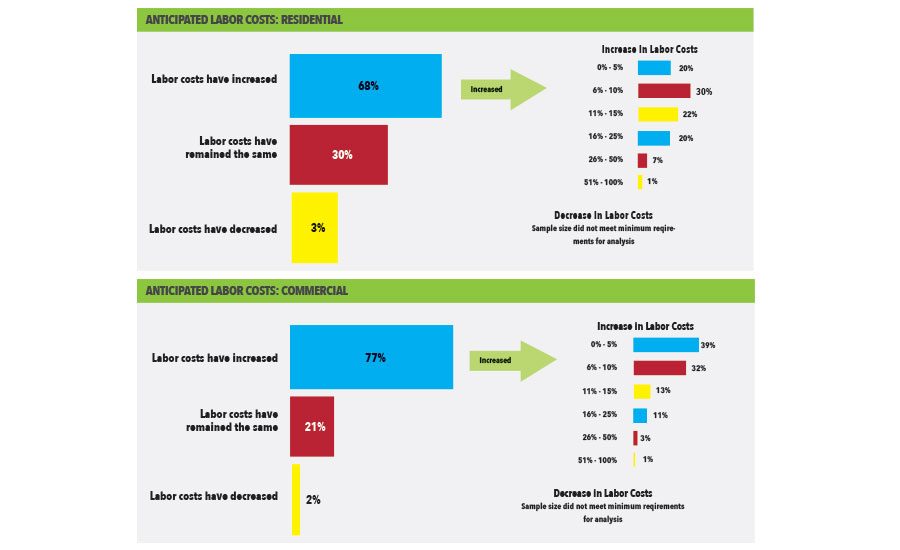The Affordable Care Act – The Paint Will Never Dry
By Karen D. Vines Vice President, IMA, Inc.
Is Your Company Ready For the Employer Mandate?
As I’m drafting thoughts for 2016 and Affordable Care Act (ACA) expectations, we have another twist in the law. It begs the question…do you want the good news first?
In the zone of enforcement of the “employer mandate” — with its crushing new reporting requirements, it’s refreshing to speak to some good news; so let’s start on a high note.
President Barack Obama signed the PACE Act into law in early October 2015, which changes the definition of a small employer. Originally scheduled to expand in 2016 to encompass employers with up to 100 full-time equivalent employees (FTEs), the PACE Act maintains the federal definition of up to 50. The most significant impact of the law is the avoidance of community rating for employers between 50-99 FTE’s.
This is a huge win for employers in this space, even as we move into full enforcement of the employer mandate in 2016. The double whammy of the employer mandate, layered with the community rating effects of an expanded small group definition, could have been financially challenging for many employers.
States are still able to define small group and there are a handful of states that previously passed legislation to define it at 100. Time will tell whether or not these states will hold the line at 100 or move to adjust downward to 50.
In November, President Obama signed the “Bipartisan Budget Act of 2015,” which among other things, repealed the auto-enrollment mandate. This mandate would have required employers with 200 or more full-time employees to automatically enroll them in the employer’s health plan. Another sigh of relief for employers as delayed implementation ultimately turned into repeal.
In what might be seen as a 2015 holiday gift, in December, President Obama signed a spending package that includes a delay in the “Cadillac” tax. This mandate implements a 40 percent tax on high-cost health plans offered by employers. The two-year delay means that without further legislative action or repeal, the tax will go into effect beginning Jan. 1, 2020. Language in the package also makes the tax deductible for employers.
Now the not so good news...
The employer mandate and reporting requirements for applicable large employers and self-funded small employers are in full swing. No repeal, and only a slight delay; another holiday gift from the IRS. A key note here is to remember that even if qualification for 50-99 transition relief is present, reporting requirements still apply for calendar year 2015 data. If you’ve been following along throughout the three years of IRS implementation guidance, you should be in good shape. If not, there’s no time like the present to get this figured out and get on board. It will be vital if you’re looking to avoid fines and penalties.
Politics and health care financing will stay front and center in 2016 as we move toward the presidential election. While I retired my crystal ball a couple of years ago, I will say with certainty that regardless of the outcome of the election, the paint will never dry on this law.























